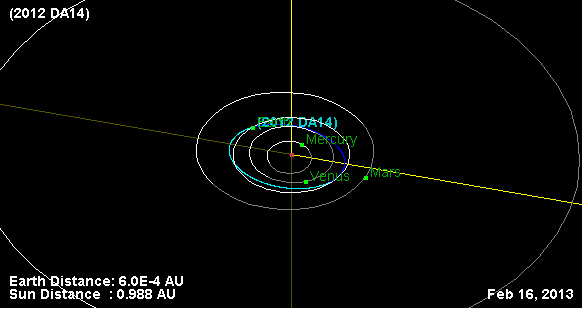Ο Δρ. Μπαζιώτης Ιωάννης, Έλληνας Επιστήμονας, ανακάλυψε τον μετεωρίτη που αποδεικνύει το μεγαλύτερο κρατήρα στον Άρη. Διαβάστε την περίληψη από το άρθρο του που δημοσιεύεται στο Διεθνές Περιοδικό Nature Comm.
High-pressure minerals in meteorites reflect the conditions prevailing when they were excavated and launched from their parent bodies. Tissint—a recent Martian meteorite—contains an unusual number of large high-pressure minerals, suggesting excavation from an impact of larger magnitude than for previous Martian samples.
High-pressure minerals in meteorites provide clues for the impact processes that excavated,
launched and delivered these samples to Earth. Most Martian meteorites are suggested to
have been excavated from 3 to 7 km diameter impact craters. Here we show that the Tissint
meteorite, a 2011 meteorite fall, contains virtually all the high-pressure phases (seven
minerals and two mineral glasses) that have been reported in isolated occurrences in other
Martian meteorites. Particularly, one ringwoodite (75 140 mm2) represents the largest grain
observed in all Martian samples. Collectively, the ubiquitous high-pressure minerals of
unusually large sizes in Tissint indicate that shock metamorphism was widely dispersed in
this sample (B25 GPa and B2,000 1C). Using the size and growth kinetics of the ringwoodite
grains, we infer an initial impact crater with B90 km diameter, with a factor of 2
uncertainty. These energetic conditions imply alteration of any possible low-T minerals in
Tissint.
High-pressure minerals in meteorites reflect the conditions prevailing when they were excavated and launched from their parent bodies. Tissint—a recent Martian meteorite—contains an unusual number of large high-pressure minerals, suggesting excavation from an impact of larger magnitude than for previous Martian samples.
High-pressure minerals in meteorites provide clues for the impact processes that excavated,
launched and delivered these samples to Earth. Most Martian meteorites are suggested to
have been excavated from 3 to 7 km diameter impact craters. Here we show that the Tissint
meteorite, a 2011 meteorite fall, contains virtually all the high-pressure phases (seven
minerals and two mineral glasses) that have been reported in isolated occurrences in other
Martian meteorites. Particularly, one ringwoodite (75 140 mm2) represents the largest grain
observed in all Martian samples. Collectively, the ubiquitous high-pressure minerals of
unusually large sizes in Tissint indicate that shock metamorphism was widely dispersed in
this sample (B25 GPa and B2,000 1C). Using the size and growth kinetics of the ringwoodite
grains, we infer an initial impact crater with B90 km diameter, with a factor of 2
uncertainty. These energetic conditions imply alteration of any possible low-T minerals in
Tissint.

 March 4, 2012
March 4, 2012 